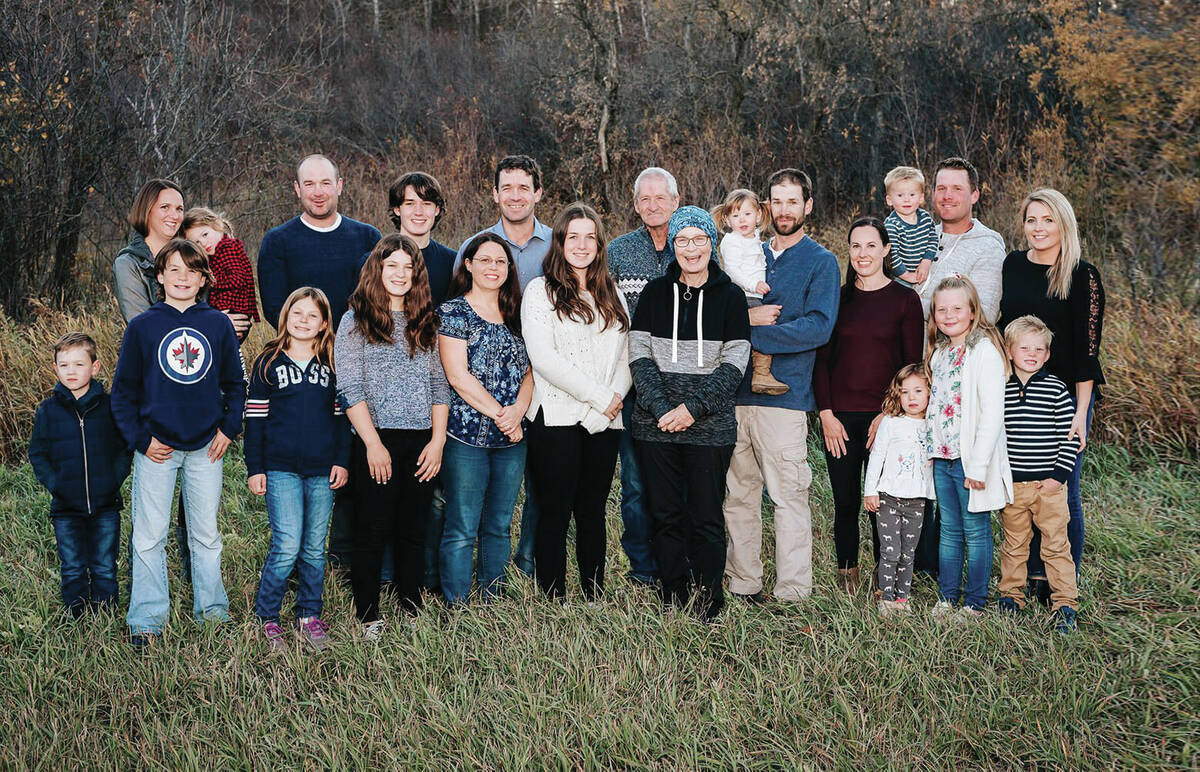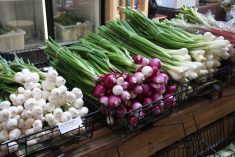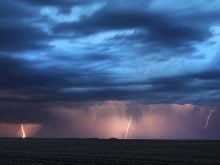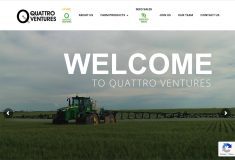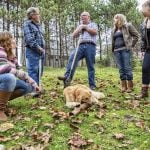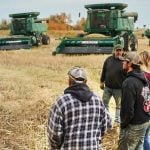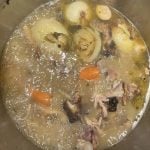Glacier FarmMedia – It’s a fact that most families squabble.
However, if they can find a way to work together, it can make a world of difference to the profitability and future of their farm — and to their relationships with each other.
The Stepplers managed to do just that.
Read Also
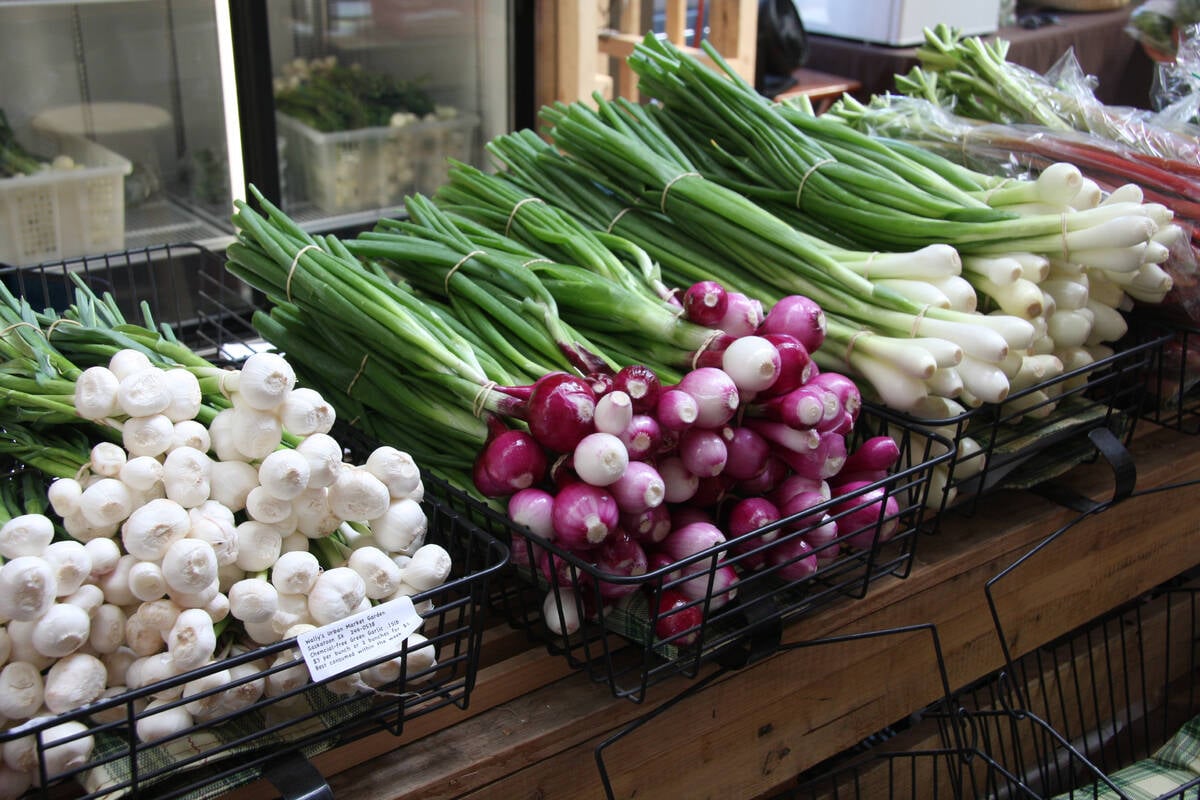
Starting a small business comes with legal considerations
This article sets out some of the legal considerations to start a business to sell home-grown product, such as vegetables, herbs, fruit or honey.
Ian Steppler says the only way that he and his brother, Andre, could compete with other large farms in the region was to “come together so we could pool our capital, share the resources and then share the growth of the overall farm.”
The Steppler family has been farming in the Miami, Man., area for more than 100 years.
They have worked hard to ensure that the transition to the next generations is as painless and efficient as possible and that it accommodates the needs of everyone, including non-farming family members.
The family farm has always been in grain and cattle, but 25 years ago, Ian and his wife, Sandy, saw a chance to diversify into something that would complement the operation without requiring a large capital investment.
While attending the University of Manitoba in the late 1990s, Steppler decided to take a beekeeping course, thinking that it might provide extra cash at a time when crop and cattle prices weren’t that stellar.
Today, he has 1,800 hives that produce around 500 to 600 barrels of honey a year. He built a larger extraction and processing facility on the farm, has a full-time beekeeper and employs at least five seasonal workers in summer.
Andre, who managed the cattle side of the home farm, wanted to go in a different direction and focus on raising purebred Charolais.
While Andre established his own cattle operation, another brother, Adam, took over the grain.
While three distinct enterprises developed, each owned and managed by the siblings independent of each other, the key to success for all of them was to collaborate.
Recognizing that they needed outside help, the family brought in a professional adviser from Farm Credit Canada to help mediate the process and remind them of their common goal — business health.
“We had to make sure that as we transitioned through these stages that each operation was able to proceed without sending the others into hardship,” Steppler says.
“There was a lot of compromise that we made back and forth, but with a mutual understanding that we needed to support each other as we move forward.”
For example, Steppler still has 4,000 acres of land on which he grows some grain but also feed for Andre’s cattle.
“The honey business is a fairly low-investment, cash business,” Steppler says.
“I was able to contribute towards the overall bottom line of the company, and we were able to not only pool the cash but also leverage that cash on hand to further expand all our operations.”
Open communication is another important component of their ongoing, complex transition.
“It requires a lot of communication,” Steppler says.
“We were able to find an understanding and divvy up the responsibilities in such a way that it helped balance the autonomy and the collective nature of running a business, but it’s very complicated.”
They take outside advice where they need it, and they’re fluid in their approach.
“We knew that this had to be a fluid kind of business arrangement, and as we grew, as with most relationships, sometimes we would grow in the same direction, and sometimes in different directions,” says Steppler.
They have also learned not to plan too far ahead in anticipation that circumstances — and people — will change over time and the plan must change with it.
“Our adviser told us to try not to plan too far out because it locks you in a certain direction,” Steppler says.
“The business is dynamic, and we need to be able to evolve as the situation presents itself. Instead of looking 20 or 30 years out, we’ll maybe look five or 10 years ahead, map it out and see where it goes.”
The Stepplers know that their success is also thanks to the solid foundation their late parents, Donny and Pat, built over their farm career.
“Everything that we’re doing is based on what their entire life’s work accomplished,” Steppler says.
“They provided the structure and were always involved in succession and handing over responsibility and authority. They’ve always retained a little control to stay involved and make sure that they’re there to guide us through tough situations. That leading edge has been important for us. It’s like a weathervane: it keeps us pointing in the right direction.”
When it comes time to transition again, Steppler hopes to provide the same guidance and support for any of his children who want to farm.
He recognizes that everyone must make their own decisions and encourages them to be flexible and keep their eyes open for opportunities.
“I just hope that I can do the same thing as my parents did,” he says.
“Whether it’s for my kids or other people on the farm who might want to get involved, instead of holding the line, just maybe be a weathervane instead.”

